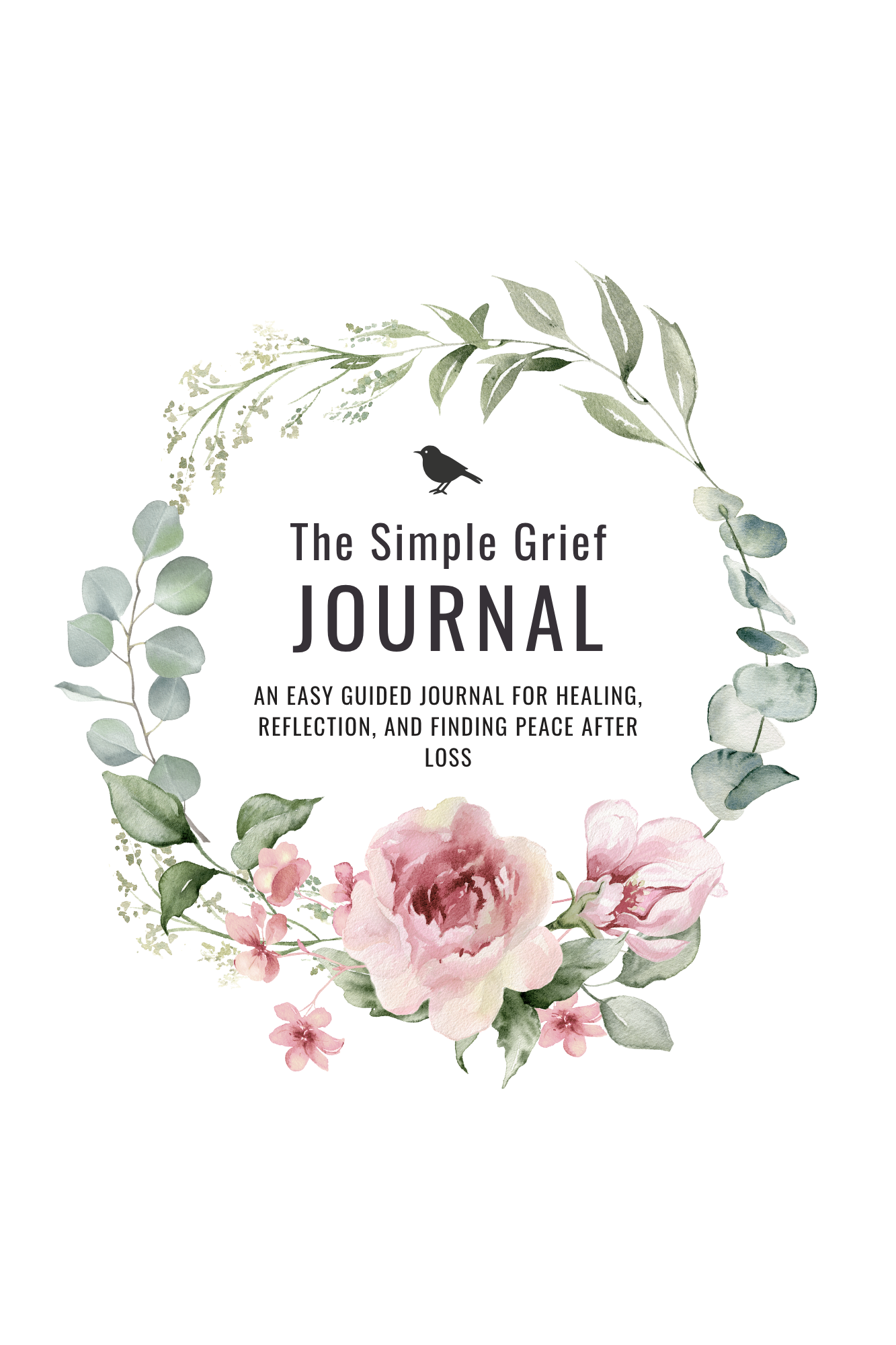- Home
- books for bereavement
- stages of bereavement
Understanding the Kubler Ross stages of bereavement
The Kubler Ross stages of bereavement, also known as the Five Stages of Grief, are one of the most well-known frameworks for understanding the emotional response to loss. Introduced by psychiatrist Elisabeth Kübler-Ross in her groundbreaking 1969 book "On Death and Dying", this model has helped millions navigate the complex journey of grief.
Although originally developed to describe the emotional states experienced by people facing terminal illness, the five stages have since been widely adapted to represent the emotional journey of anyone coping with significant loss, whether it's the death of a loved one, a major life transition, or even the end of a relationship, it is that powerful.
Published in 1969, On Death and Dying was a pioneering work in the field of palliative care and grief psychology. In it, Kübler-Ross introduces the idea that those facing terminal illness, and by extension, those who are grieving a loss often experience a set of emotional stages:
“If we could observe the dying with compassion and openness, we could learn from them how to live"
Drawing on hundreds of interviews with terminally ill patients, the book offers compassionate insights into the human experience of dying, and it forever changed how professionals and loved ones support the grieving process.
Kübler-Ross’s intent was never to suggest that everyone goes through these stages in a linear or predictable fashion, but rather that these emotions are common responses to loss.
People may cycle through them in different orders or revisit certain stages and often more than once.
Kubler Ross stages of bereavement plus examples
Here’s an overview of the five Kubler Ross stages of bereavement identified:
1. Denial
“This can’t be happening.”
Denial is a natural defence mechanism. It gives us time to absorb news gradually. At this stage, the world can feel meaningless, overwhelming, or surreal. Denial serves to protect us until we are ready to begin facing the loss.
Common feelings:
- Shock and numbness
- Avoidance of the reality of loss
- Emotional shutdown
2. Anger
“Why is this happening to me?”
As denial fades, pain emerges—and often, that pain is expressed as anger. The anger may be directed at doctors, family members, the person who died, or even at a higher power. Though uncomfortable, anger is a natural and necessary part of the grieving process.
Common expressions:
- Blaming others
- Feeling abandoned
- Resentment or rage
3. Bargaining
“If only I had done something differently”
Bargaining is the mind’s attempt to regain control and make sense of loss. This stage often involves ‘what if’ or ‘if only’ statements and is sometimes accompanied by guilt. We may replay scenarios or make silent deals to undo the pain.
Examples of bargaining thoughts:
- “If only we had gone to the doctor sooner.”
- “What if I had stayed longer that night?”
- “God, if you bring them back, I’ll never ask for anything again.”
4. Depression
“I miss them so much. What’s the point now?”
This stage marks a deeper recognition of the loss. It is often quiet and internal, not necessarily clinical depression but rather a natural response to profound absence. The grief becomes heavier and more present, and it's common to withdraw or lose interest in everyday life.
Emotional signs:
- Intense sadness and crying
- Sleep disturbances
- Feelings of emptiness
5. Acceptance
“They are gone, and I am learning to live again.”
Acceptance is not about being “okay” with the loss but about acknowledging its reality and learning to move forward with it. This stage brings a sense of peace—not because the grief is gone, but because we’ve made space for it within our lives.
In this stage:
- We begin to adjust to life without the person
- New routines emerge
- Grief softens, though it may still come in waves
Some misunderstandings about the Kubler Ross stages of bereavement
It’s important to note:
- The stages are not linear – people do not necessarily move through them in order.
- Not everyone experiences all five stages.
- Some people revisit stages multiple times.
- Grief is unique and deeply personal—this model is a guide, not a rulebook.
Why this model still matters today
Even over 50 years after publication, On Death and Dying remains a staple in grief counselling, hospice care, and mental health fields.
Elisabeth Kübler-Ross gave language to something many had no words for and in doing so, offered a lifeline to countless people navigating the unknown.
For anyone dealing with loss, understanding these stages can help normalise feelings and provide structure in an otherwise chaotic emotional landscape
What readers say about the book
Here are some highlights from highly rated reviews of On Death and Dying:
"This book changed how I understand grief—not just in others but in myself. It’s a must-read for anyone who has loved and lost.”
"As a hospice nurse, I consider this essential reading. Compassionate, humane, and still completely relevant"
"Elisabeth Kübler-Ross’s empathy is so powerful, it shines through every word. A book that truly helps you feel less alone in grief"
"This book helped me cope after the death of my mother. I returned to it often, especially in the moments I felt I was ‘grieving wrong"
Integrating the Kubler Ross stages of bereavement into modern grief support
At Robin & Feather, I believe in honouring grief with compassion, clarity, and understanding.
The Kubler Ross stages of bereavement are just one of the many tools that can be used via the updated text used to support those going through loss. which is why I wanted to share a page about it with you.
Whether you’re sending a sympathy gift, writing a condolence card, or coping with your own loss, understanding these emotional stages can help make sense of grief and remind us that healing is not about forgetting but about remembering with love and helping you make better decisions.
Further resources
If you’d like to explore more: (coming soon!)
- Our guide on what to write in a bereavement card
- Thoughtful sympathy gifts for different types of loss
- Articles on grief, remembrance, and healing
- Sign up to our newsletter, The Robin Edit for curated ideas, words of comfort, and meaningful memorials
Grief has no timetable, no rules, and no shortcuts, but it can be softened with understanding. The work of Elisabeth Kübler-Ross reminds us that we are not alone.
And she can help you or someone you walk through remembrance, one gentle step at a time.


